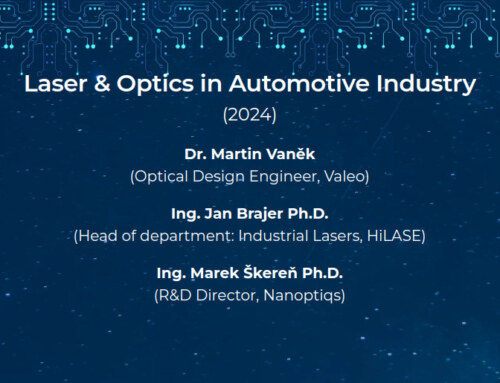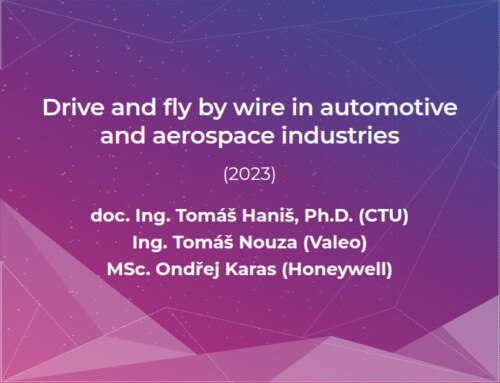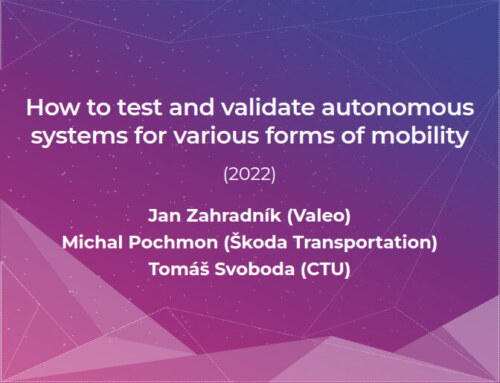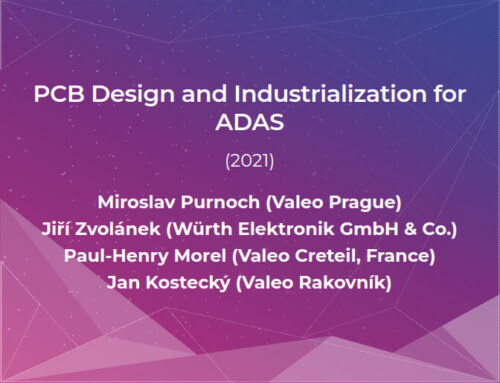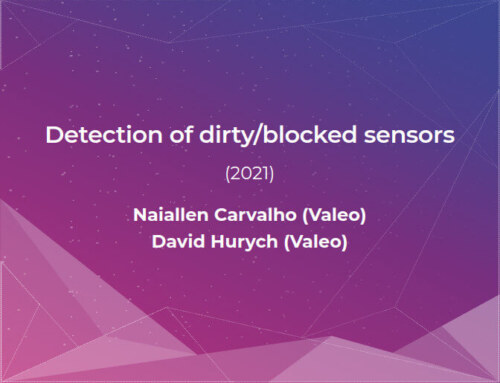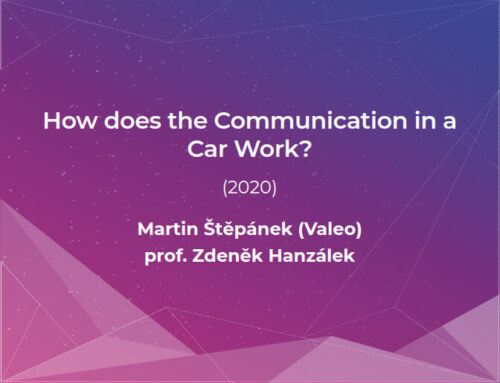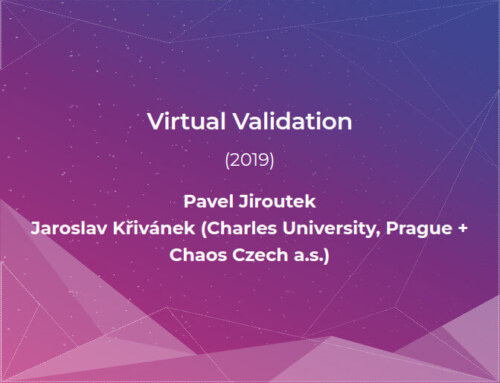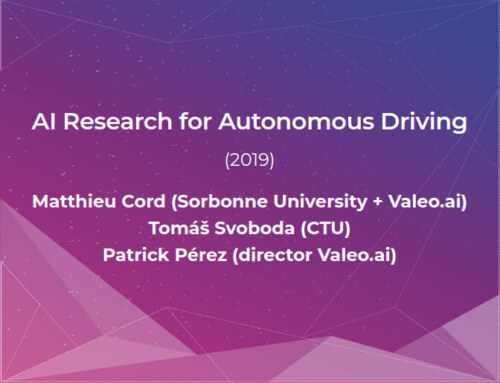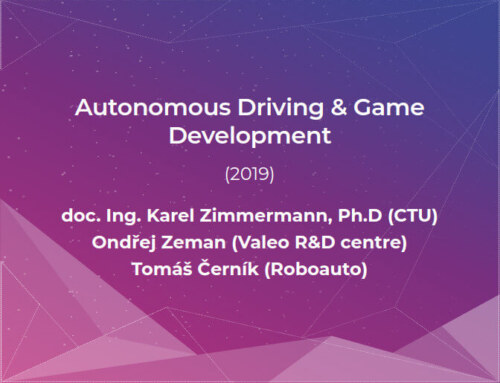For the new year, on the first day of February, we had another technical evening. This time we discussed in depth about artificial intelligence and its use in the automotive sector.
Sara Polak was the first to give her presentation.
And what did she talk about?
She called her presentation: From pyramids to robots
Are we living in a sustainable social structure? Is there such a thing as a collapse of civilizations, or are we merely undergoing a constant transformation accompanied by ever better technology? Is it possible that our evolutionary nature lies not in large, complex social groupings, but in decentralized tribes, and this makes any civilization unsustainable in the long term? Come on a trip through time from pyramids to robots and immerse yourself in research on the simulation of complex social systems to better understand the anatomy of the civilization we live in and better prepare ourselves for the future.
The next presenter was Antonín Vobecký. He is one of the few people involved in artificial intelligence and machine learning at Valeo within valeo.ai.
Antonín explained to us the work he presented together with his team at ECCV in Israel, dealing with the partial automation of the annotation process. This process is important part for training ADAS (advanced driver-asistence systems) for autonomous cars, and its automation appears to be a great saving of time and money. In his work, he investigated whether it is possible to learn pixel-wise semantic image segmentation of urban scenes without the need for any manual annotation, only from raw unedited data collected by cars equipped with cameras and LiDAR sensors while driving in the city.
The last but not less important speaker was Petr Cezner. After five years as a research software engineer, he decided to focuse on Machine Learning. For that occasion, he also changed employer, from 2022 he works at DataSentics as a Machine Learning Engineer.
His presentation led us through a computer vision algorithm for quality control. Quality control is an essential part of each manufacturing process and historically had to be always done manually with qualified personnel. Deep learning has introduced a huge improvement in automatizing this task in recent years, resulting in faster production and in cost savings. We talked about neural networks for 2D sensors, 3D data, thermal cameras and IoT sensors or how you should choose between classification, segmentation or anomaly detection. We also discussed how it is solved currently, which cloud or on-prem solutions are used and how is this field expected to change in future.
